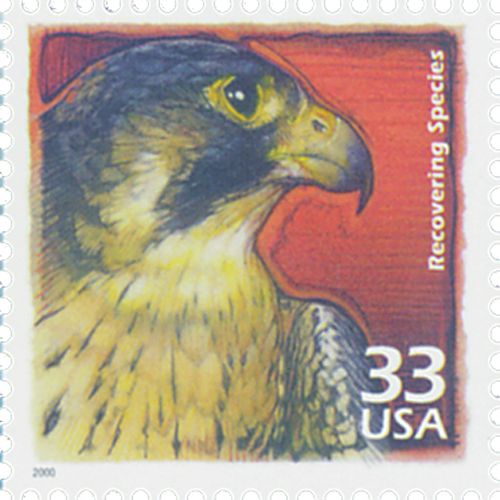
US #3105
1996 Endangered Species
- Set of 15 stamps picturing Endangered Species
- Issued during national Stamp Collecting Month
Stamp Category: Commemorative
Set: Endangered Species
Value: 32¢First-Class mail rate
First Day of Issue: October 2, 1996
First Day City: San Diego, California
Quantity Issued: 14,910,000
Printed by: Ashton-Potter (USA) Ltd.
Printing Method: Lithographed
Format: Panes of 15 (3 across, 5 down) from printing plates of 90 (9 across, 10 down)
Perforations: 11.1 x 11
Why the stamp was issued: The pane of 15 Endangered Species stamps was issued as part of the US Postal Service’s National Stamp Collecting Month. The theme for 1996 was “Collect and Protect.” The USPS hoped these stamps would appeal to children, who would then become lifelong stamp collectors.
About the stamp design: The stamps show photographs of 15 animal species that live in America and re threatened with extinction. The photos were taken by James Balog. The animals chosen for the stamps are from all major geographic areas of the US.
Special design details: The Florida Panther on the stamp in the lower left corner is the only image that breaks the stamp border. Its legs extend past the stamp to the selvage.
The stamp designs were revealed in November 1995. Immediately, there was a strong outcry against the Manatee stamp because the image seemed unnatural for that mammal. Balog went to the Lowry Park Zoo in Tampa, Florida, and used his underwater equipment to photograph the image of a pair of manatees that was used for the stamp.
First Day City: The First Day of Issue ceremony took place at the San Diego Zoo. In 1996, the zoo was celebrating its 80th birthday. The country of Mexico issued its own pane of endangered species stamps on the same day and took part in the First Day of Issue ceremony. (The stamps were not a joint issue.) In addition to honored human guests, two sea lions, an Andean condor, and a North American timber wolf were also in attendance at the celebration.
Unusual fact about the Endangered Species stamps: The 1996 National Stamp Collecting Month was co-sponsored by the US Postal Service and the American Zoo and Aquarium Association.
About the Endangered Species Set: The species shown on the pane of Endangered Species stamps are: Black-footed Ferret, Schaus Swallowtail Butterfly, Brown Pelican, San Francisco Garter Snake, Ocelot, Gila Trout, Hawaiian Monk Seal, Thick-billed Parrot, California Condor, Wyoming Toad, Woodland Caribou, Florida manatee, Florida Panther, Piping Plover, and American Crocodile. All of them are listed on the US Fish and Wildlife Service’s List of Endangered and Threatened Wildlife and Plants.
Endangered Species Act
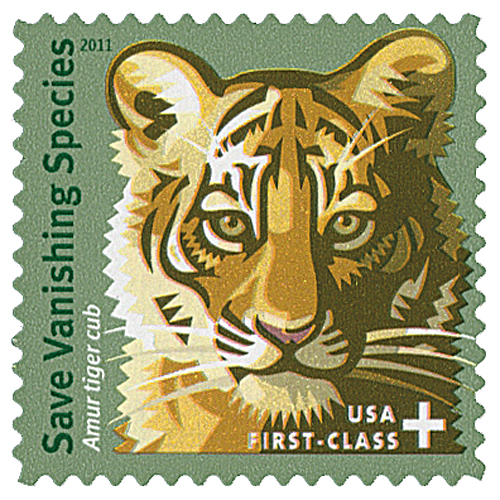
On December 28, 1973, President Richard Nixon signed the Endangered Species Act into law in an effort to protect threatened species from extinction.
Throughout the late 1800s and early 1900s, people around the globe grew increasingly concerned about the plight of animals nearing extinction. As the bison neared extinction and the passenger pigeon disappeared, people began calling for wildlife conservation. Proponents of the conservation movement introduced the larger American public to the idea of extinction.
These animals were dropping in numbers due to many factors. Many were hunted for food, study, and personal or museum collections, while a large number of birds were killed for their feathers to adorn hats. Additionally, towns, cities, and farms expanded, encroaching on habitats, while pesticides and non-native species added to the burden.
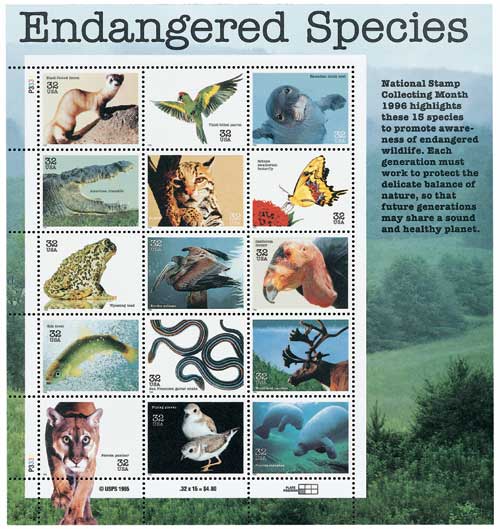
The first major step taken in the US was the Lacey Act of 1900, which was the first federal law to regulate commercial animal markets. It made it illegal to sell animals between states that violated state game laws. In the coming years, more laws were passed to protect animals, including the Migratory Bird Conservation Act of 1929 and the Bald Eagle Protection Act of 1940.

Another major victory came with the Endangered Species Preservation Act of 1966. This act established a list of native US animal species that were endangered and provided limited protections for them. This act also allowed the Fish and Wildlife Service and federal land agencies to set aside habitats for the affected species. The first list appeared in 1967 and included 14 mammals, 36 birds, 6 reptiles and amphibians, and 22 fish.
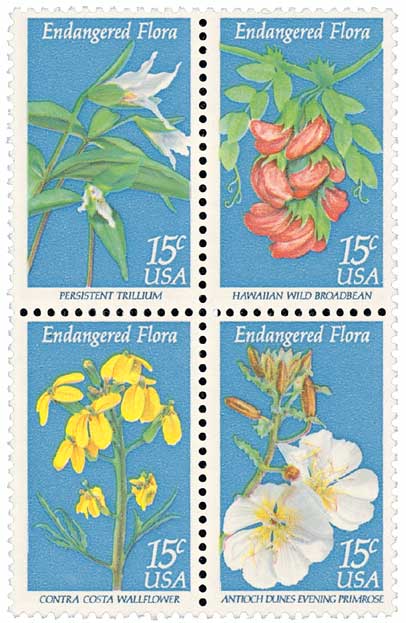
The Endangered Species Conservation Act later amended this law in 1969. This act allowed for additional protection of animals at risk of "worldwide extinction." It prohibited them from being imported or sold in the US, and expanded the Lacey Act's ban on interstate sales to include more species. The 1969 amendment also requested an international meeting for all nations to join in and adopt a worldwide treaty to protect endangered species. The conference was held in February 1973 and resulted in the Convention on International Trade of Endangered Species of Wild Fauna and Flora (CITES).
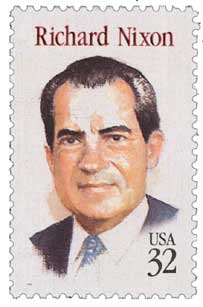
Also in 1973, President Richard Nixon announced that he believed the current conservation laws weren't strong enough and encouraged Congress to pass more wide-reaching and effective legislation. Congress enlisted the help of lawyers and scientists to pen a brand new Endangered Species Act (ESA). Nixon approved it and signed it into law on December 28, 1973. The ESA helped to completely shift the way environmental protection was handled in the US. Notably, the act's goal was to protect the species as well as their ecosystems.



